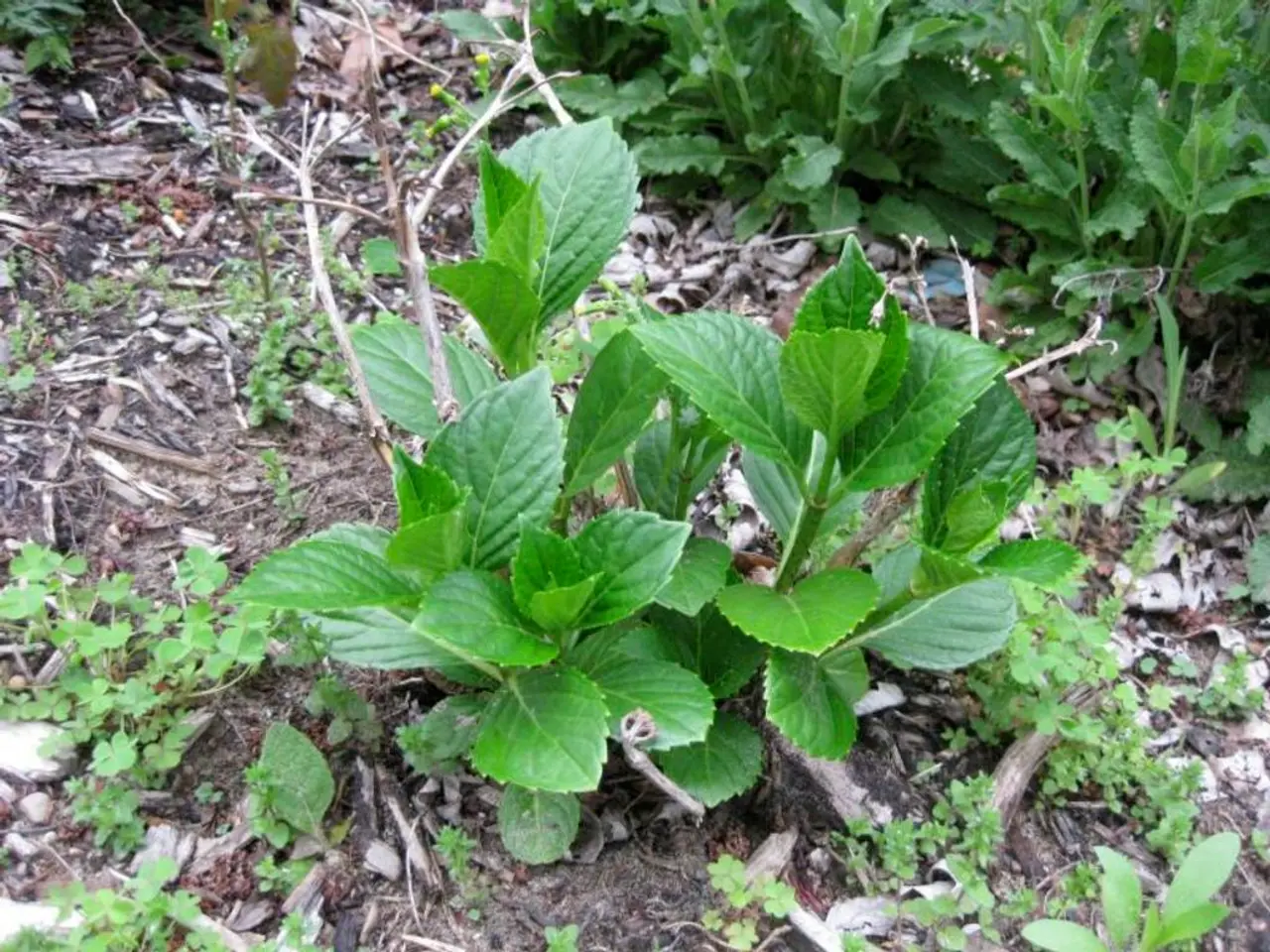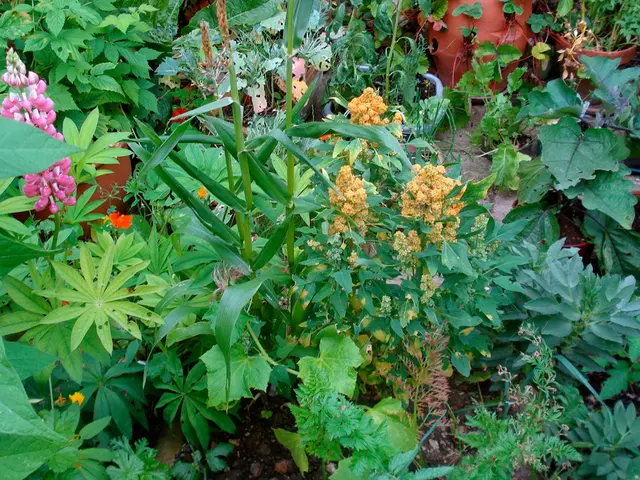Indoor Herb Cultivation Methods for Year-round Harvest
Every kitchen needs a dash of flavour, and indoor herb gardening is an excellent way to ensure fresh ingredients for your dishes all year round. Here's a comprehensive guide on how to cultivate top choices like basil, mint, parsley, chives, and cilantro successfully indoors.
Light Exposure
Most culinary herbs need at least 6 hours of sunlight daily, ideally from south or west-facing windows indoors. During winter or low-light periods, supplement natural light with grow lights (LED or fluorescent), positioning them at proper heights to avoid heat stress and ensure strong, healthy growth.
Soil Quality
A well-draining, nutrient-rich soil mix designed for container or indoor herb gardens is essential. A blend balancing moisture retention and drainage helps prevent root rot and nutrient leaching. Organic matter like compost or well-rotted manure can be added before planting for fertility.
Watering
Maintain consistent moisture without waterlogging. Overwatering and underwatering can both harm herbs. Water when the top inch of soil feels dry, and ensure adequate drainage. Container systems with built-in water management, like EarthBox®, can simplify watering.
Pruning
Regular pruning is vital to encourage bushier growth and prevent herbs from flowering, which causes bitterness. Cut top leaves once they reach about 6 inches tall and avoid harvesting more than one-third of the plant at a time. Weekly trimming keeps herbs productive year-round.
Seasonal Adjustments
- In colder months, bring annual herbs indoors to continue growth.
- Increase light intensity or duration with supplemental lighting as natural daylight wanes.
- Feed herbs with a light liquid fertilizer every few weeks to replenish nutrients lost through frequent indoor watering and support ongoing growth.
- Ensure good air circulation around plants to reduce disease risk, especially in humid indoor environments.
These integrated practices support healthy, continuous indoor herb growth throughout the year, enabling regular harvesting and fresh flavors for cooking.
Harvesting and Preservation
In Fall, herbs are harvested before the first frost, and then dried or frozen for later use. In Summer, it's important to keep an eye on pests and use a gentle soap solution to wash them away if needed.
Learning and Sharing
Local workshops, books on herb gardening, online forums, and attending events are great resources for learning and sharing experiences with fellow herb enthusiasts. Rotating pots every week helps all sides of the plant get equal light.
With these tips in mind, you're well on your way to enjoying a bountiful harvest of fresh herbs all year long!








